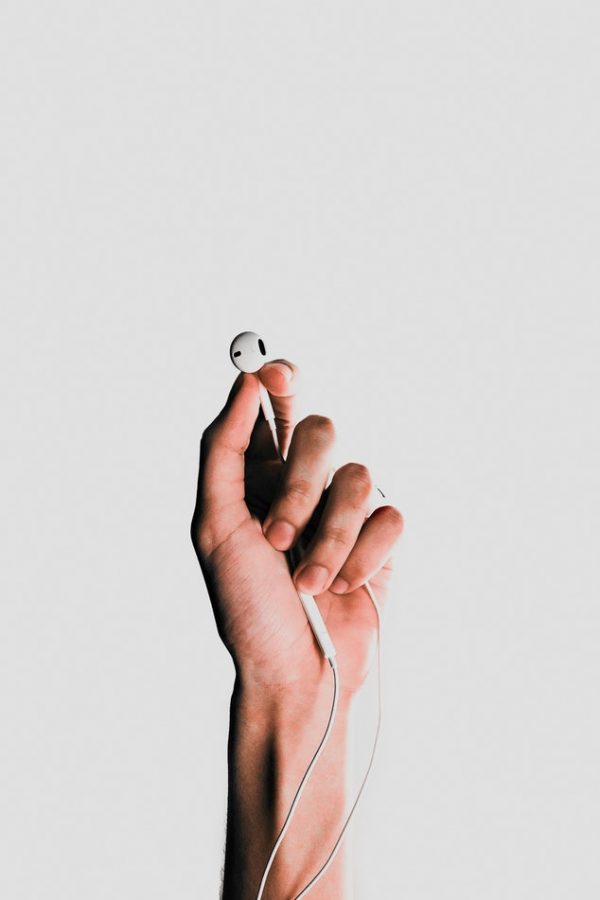Music in school
March 6, 2019
Should music be integrated into the academic setting?
In recent years, music has gained accessibility, and likewise popularity. Instead of needing physical copies such as CDs, music can be found in countless locations and forms digitally, making it significantly easier to access. However, with rising accessibility, the number of people incorporating music into their everyday lives has increased exponentially, oftentimes interrupting tasks such as work or school. The issue boils down to this: while pleasant, does music benefit or harm productivity (specifically in an educational setting)?
In an attempt to find the answer, a recent article published by the National Center for Biotechnology Information cites multiple studies, with two finding no effect on learning, three finding negative effects, and four finding positive effects.
The article covers the two theories of influence, the Mozart effect, and the arousal-mood-hypothesis. In short, the Mozart effect dictates a direct influence on cognitive ability, while the arousal-mood-hypothesis dictates an effect on emotion, which then effects learning.
To put it simply, science is split. Many articles and studies state that the brain’s attempt to focus on both background music and learning is too much, therefore lowering productivity. However countless other articles state the opposite.
Much of the time it comes down to the music itself. Perhaps the lyrics in the back are the distracting factor, or maybe it is the speed or volume- either way, a 2017 study on mood’s influence on achievement showed that positive emotions reflect beneficially from an educational standpoint.
So what does that mean for students?
Many individuals prefer listening to music while they work, but others find it distracting. Oftentimes the solution ends up being earbuds or headphones, a way for everyone to be able to control their learning environment.
However, as this method has gained popularity, teachers nationwide are finding students connecting to their earbuds like lifelines. Many teachers have developed no earbud policies, in hopes of avoiding distraction. Some teachers also say that they feel invalidated by students’ close proximity to their earbuds, saying that they feel disrespected like the students would rather be listening to their music than the teacher.
This is most often not the case. It comes down to a difference in generations. In recent years, kids have grown up with constant access to such technology and have adapted it into their routine. In this way, their earbuds are just something they carry with them for easy access, in the same way one would carry a phone or smartwatch. So instead of a sign of disinterest, oftentimes earbuds are just that — earbuds.
Even in the case that a student abuses their access to music and doesn’t pay attention, the said student would most likely find a different method of distraction, so can it be agreed that earbuds are the lesser of two evils?
https://www.ncbi.nlm.nih.gov/pmc/articles/PMC5671572/ https://www.ncbi.nlm.nih.gov/pubmed/28176309/






